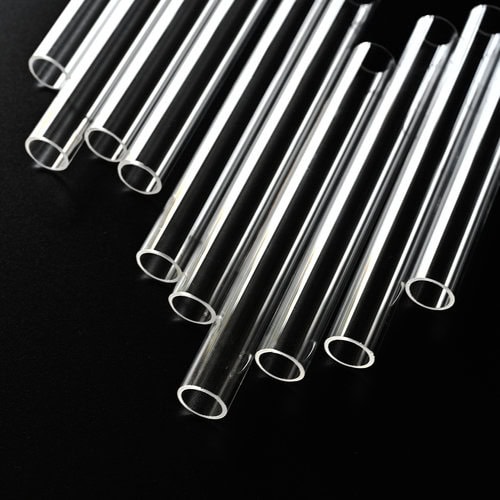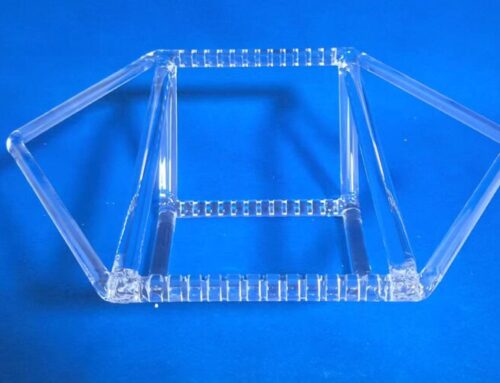The significant price variance of quartz glass tubes can be attributed to a multitude of factors, including market supply and demand dynamics, product quality, production processes, and application domains. The following section presents a comprehensive examination of these variables.
- Market supply and demand relationship
As a fundamental industrial material, the pricing of quartz glass tubes is influenced by the relationship between market supply and demand. When demand exceeds supply, prices typically escalate; conversely, when supply surpasses demand, prices may decline. These price fluctuations exemplify the inherent regulatory mechanisms within market economies.
- Product quality variance
Additionally, disparities in quality among quartz glass tubes constitute a critical factor contributing to price differences. High-quality quartz glass tubes generally exhibit superior purity, enhanced performance stability, and extended service life—attributes that justify their higher cost. In contrast, lower-quality quartz glass tubes may contain impurities or bubbles and demonstrate unstable performance with reduced longevity, thus they are priced comparatively lower.
- Production process and cost
The complexity and cost of the production process significantly influence the pricing of quartz glass tubes. The fabrication of high-quality quartz glass tubes necessitates advanced manufacturing techniques and equipment, alongside rigorous quality control and inspection processes, which inherently elevate production costs and result in higher prices. Conversely, employing simpler processes for the low-cost production of quartz glass tubes may yield lower prices; however, this can adversely affect performance and quality.
- Requirementsof different application fields
Quartz glass tubes find extensive applications across various sectors including electronics, optics, chemical industries, metallurgy, among others. The demand and specifications for quartz glass tubes vary considerably across these fields, leading to price discrepancies. For instance, in high-end optical applications where requirements for purity, light transmission, thermal stability are exceptionally stringent, prices of quartz glass tubes tend to be relatively high. In contrast, common industrial applications impose relatively lower demands on quartz glass tube quality, resulting in a relatively low price.
In summary, the reasons for the large price difference of quartz glass tubes involve many aspects, including market supply-demand dynamics, product quality, manufacturing processes, as well as application fields. Therefore, when purchasing quartz glass tubes, it is necessary to purchase products with stable performance and reliable quality according to specific needs.





